Solutions
Horse Construction offers full range of structural strengthening materials with technical supports, documentation supports, products supports, project supports.
First, the carbon fiber reinforcement technology has higher tensile strength. Secondly, the carbon fiber reinforcement technology has stronger corrosion resistance. Third, the technology can achieve seamless reinforcement. Fourth, the construction process is more convenient.
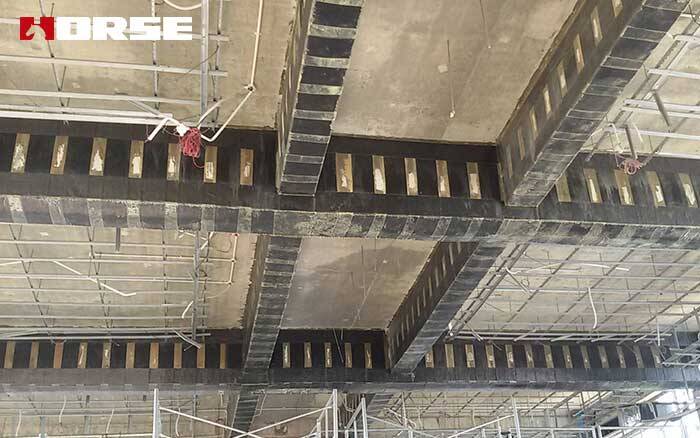
There are four main characteristics of carbon fiber reinforcement:
First, the carbon fiber reinforcement technology has higher tensile strength.
The external steel reinforcement method is a traditional method of strengthening concrete. Its technical logic is to use the strength of steel to enhance the tensile strength of concrete. Carbon fiber cloth is a reinforcing material made of composite materials. Its tensile strength can reach 7.0 GPa, which is 12 times that of ordinary steel.
Secondly, the carbon fiber reinforcement technology has stronger corrosion resistance.
In humid and acidic environments, reinforcement materials such as steel are extremely susceptible to corrosion, so their range of use is greatly limited. Carbon fiber reinforcement technology does not use metal materials, so it has strong corrosion resistance and can be used for a long time in an environment full of chemical gases.
Third, the technology can achieve seamless reinforcement.
The bending degree of steel and metal reinforcement materials is poor, and corners, protrusions and other parts are prone to cracks. Carbon fiber cloth is a flexible material, so it can cope with complex building structures, so that the force of the building is more uniform.
Fourth, the construction process is more convenient.
The carbon fiber material has a small footprint and light weight, so its handling process does not require excessive labor. At the same time, the carbon fiber material does not need to be shaped in advance, so it has fewer operating equipment, and the construction staff can be a group of three people.
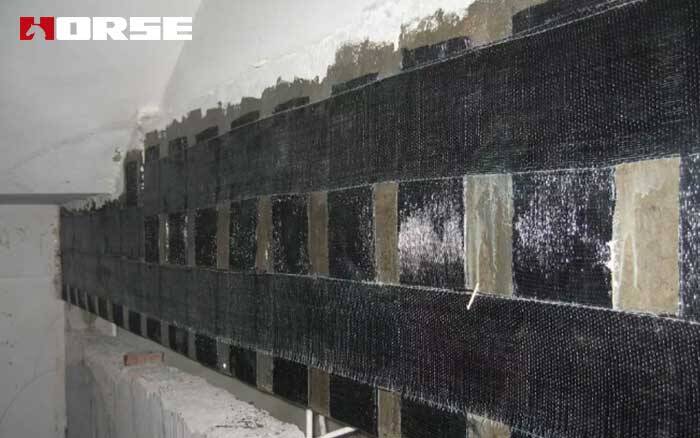
Carbon fiber reinforced operation requirements
1 Remove any incomplete or damaged parts on the surface of the concrete member.
2 Repair and restore the incomplete parts of the members that have been gouged, cleaned and exposed.
3 Crack repair: For cracks with a width of less than 0.2mm, the surface is painted and sealed with epoxy resin; cracks greater than 0.2mm are filled with epoxy resin.
4 Polishing: Polish the protruding part of the surface of the component (concrete part of the concrete component, the connection of the formwork, etc.) to smooth the surface of the component after repair as smooth as possible.
5 Clean the surface of the sanded component and allow it to dry thoroughly.
6. Apply primer to defects
Apply the prepared primer (adhesive) evenly to the surface of the defect site.
7. Repair of incomplete surface of component surface
You can find anything here you are in need of, have a trust trying on these products, you will find the big difference after that.
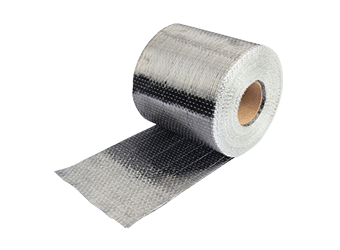
High strength, unidirectional carbon fiber wrap pre-saturated to form a carbon fiber reinforced polymer (CFRP) wrap used to strengthen structural concrete elements.
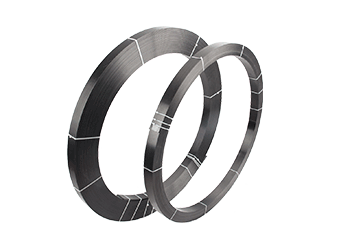
High strength carbon fiber reinforced polymer (CFRP) strip / laminate / plate for structural strengthening and concrete repair
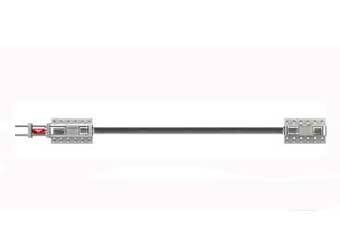
Prestressed carbon fiber reinforced polymer(CFRP) plate for slab, beam strengthening to increase stiffness, reduce distortion and deflection of members, reduce the cracks, avoid and stop cracking.